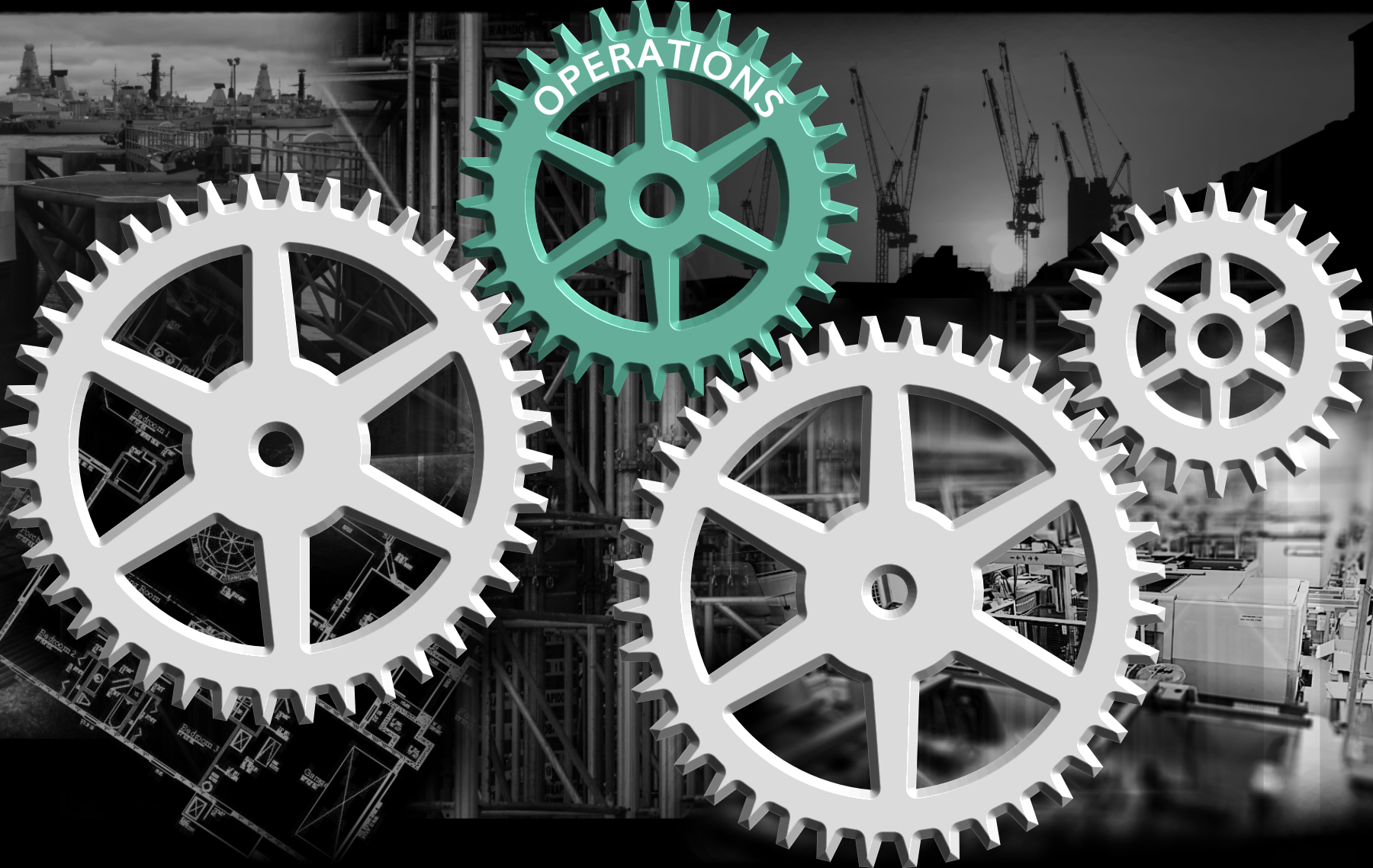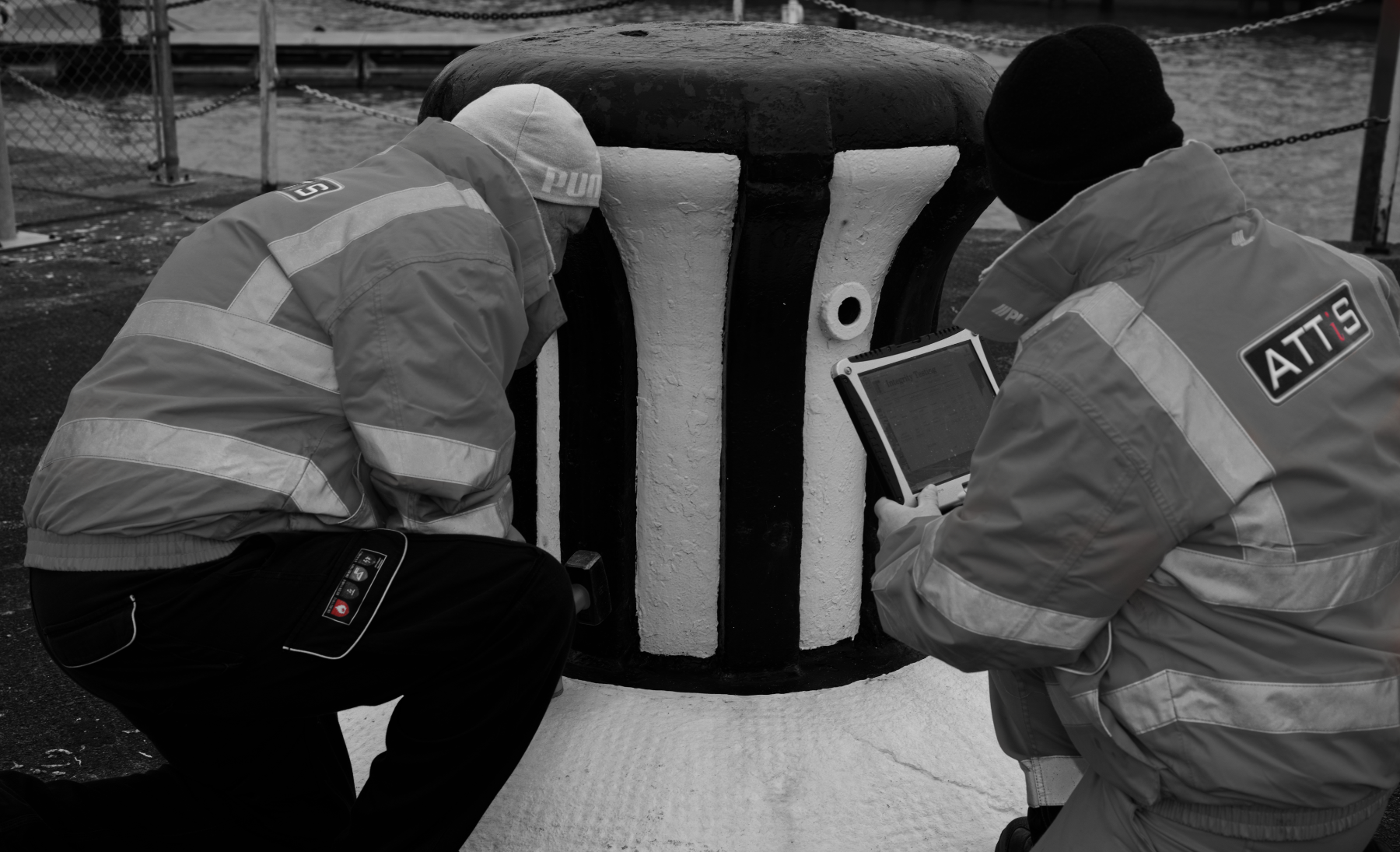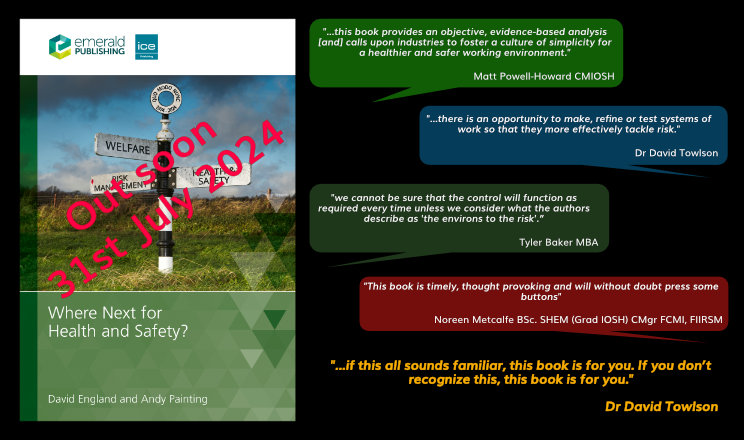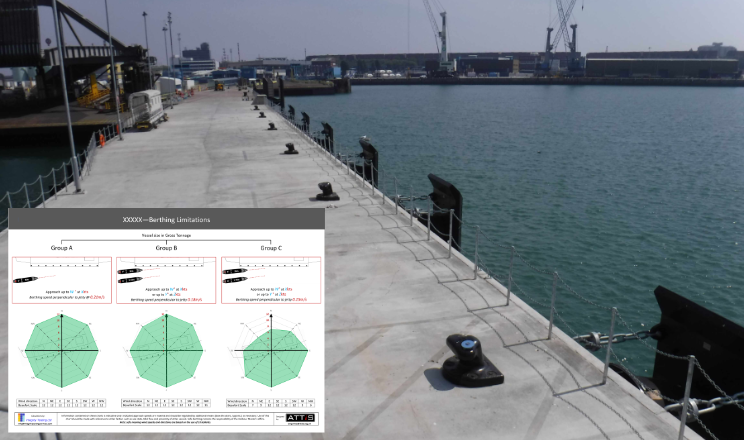Effectively managing the case for safety - Part 3 - Operations

The significance of operations
If culture provides the “planning”, then operations provides the “doing” of an organization. It may not be constructive to think of either of these components as having a greater significance than the other, just as it would not be useful to think of Plan being more important than Do in Plan-Do-Check-Act. Certainly in terms of analysing an organization’s real attitudes and motives towards safety, what they say they will do and what they actually do are equally important.
It may also be true that an organization might not have a formally-derived culture, and it may not have an advanced mechanism of documenting or administering its management function. But it will always be doing something operationally, even if it is just providing advice or lending money. Operations is where the organization’s undertaking is transformed from an idea into a reality and is therefore where the most immediate risks to safety occur. For this reason, it is where safety professionals tend to focus their attention. But as demonstrate, the environs of the control measures that we introduce, in whatever capacity, have an almost infinitely variable effect on those measures. And it is for this reason that we should look deeper into the assessment of workplace risk and the consequent introduction of safety control measures.
We need to be asking the “what if?” questions about all our control measures to make sure they can robustly stand up to threats from a multitude of directions.
Controlling work through risk assessments begins with understanding the process itself. The use of job safety analyses helps to break down tasks into constituent parts which can then be individually assessed for risk, both within the part itself and in the task as a whole. By addressing tasks in this way, it should be possible to extrapolate other operational factors involved, such as: who might be completing the task and their probable level of competency; where the task might be performed and whether this raises additional risks; how the task might be performed, perhaps during different times or seasons or weather conditions, or even under varying stressors.
Comprehending tasks in this way allows us to understand the types and levels of threat that our control measures face.
Available directly from Routledge Taylor & Francis Group and all good bookshops.
Our previous book, An Effective Strategy for Safe Design in Engineering and Construction, published by Wiley, is also available.





